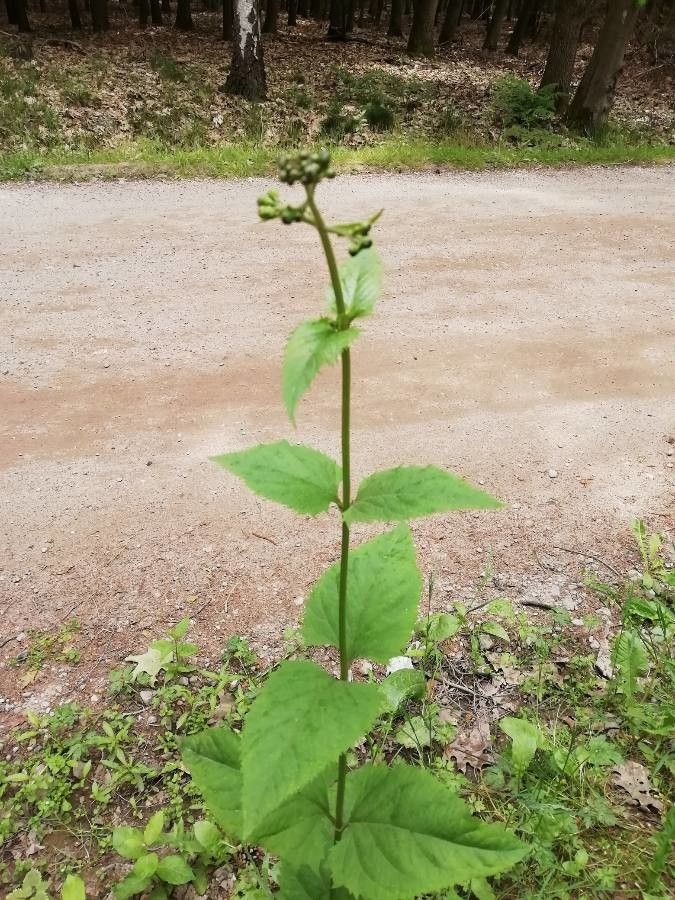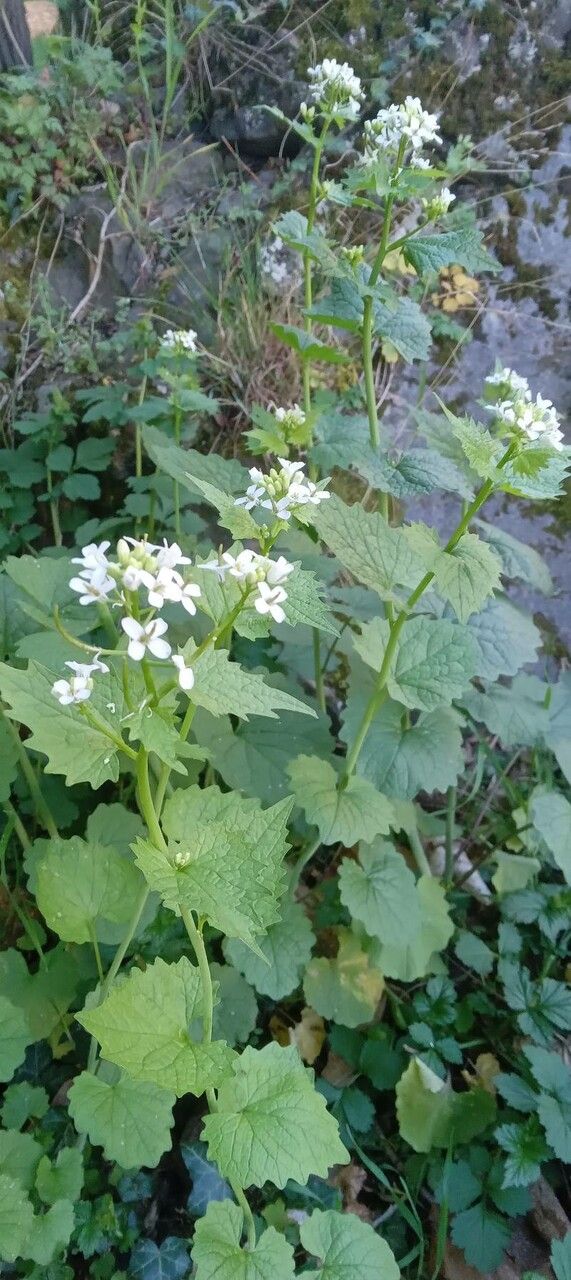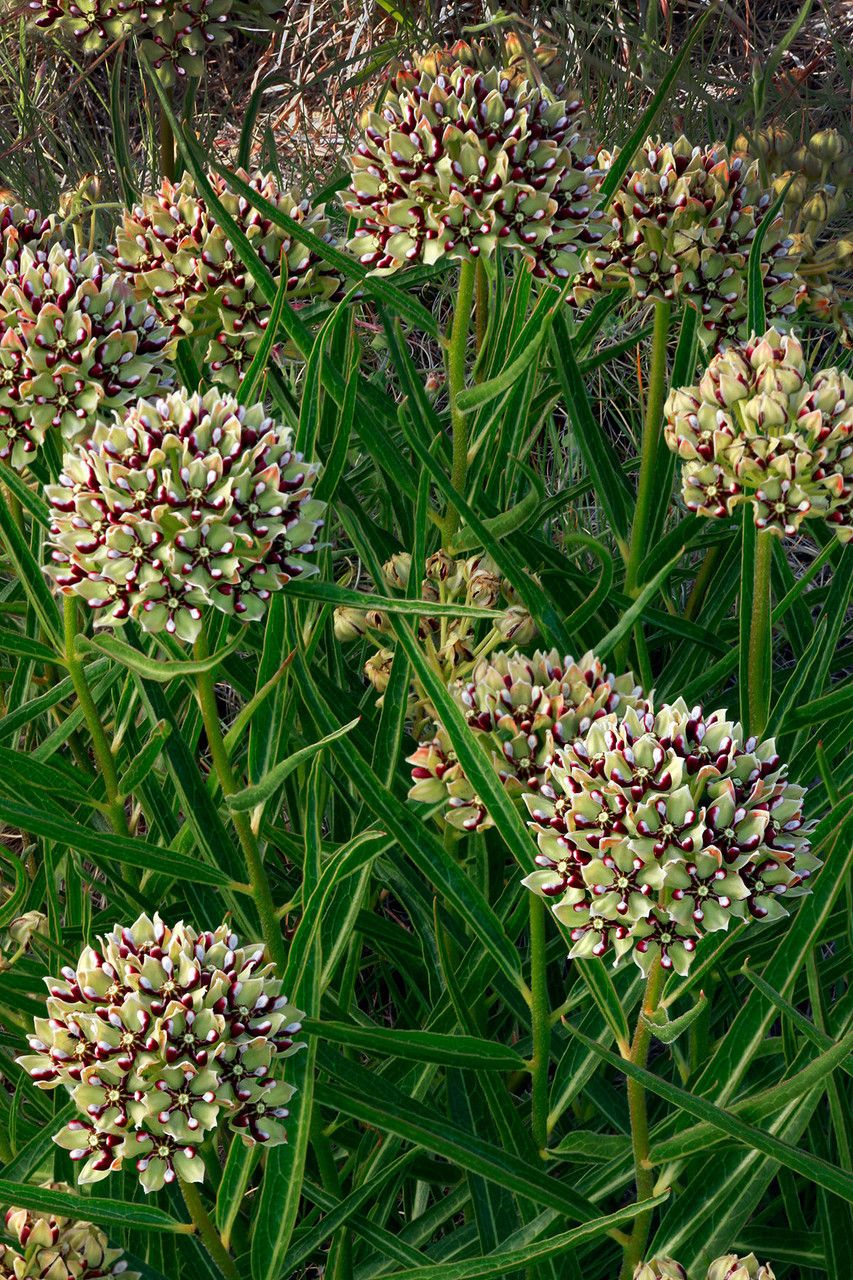# Figwort: A Comprehensive Guide
Figwort, a captivating member of the Scrophulariaceae family, offers a unique blend of beauty and historical significance. While its medicinal uses have diminished in modern practice, its intriguing appearance and relative ease of cultivation make it a fascinating addition to any garden, particularly for those interested in wildflowers and native plants. This comprehensive guide will delve into the specifics of Figwort cultivation, providing all the information you need to successfully grow this intriguing plant.
### Botanical Classification and History
Scientifically known as *Scrophularia nodosa*, Figwort is a perennial herb belonging to the Scrophulariaceae family, a group known for its diverse array of flowering plants. The common name 'Figwort' is thought to derive from its historical use in treating fig-related ailments, though this is now primarily of historical interest and not supported by modern evidence. The plant boasts a rich history, having been employed in traditional medicine across various cultures for centuries. However, it's crucial to remember that self-medicating with Figwort is not recommended due to its potential toxicity. Always consult a healthcare professional before using any plant for medicinal purposes.
### Habitat and Growth
Figwort thrives in damp, shady conditions, frequently found flourishing in woodland areas, along hedgerows, and near streams. It prefers rich, well-drained soil that retains moisture. While tolerant of partial shade, it will struggle in full sun. The plant typically reaches heights of 1 to 2 meters, creating a bushy, almost scrambling habit.
### Planting and Care
Figwort is relatively easy to cultivate from seed or by division of established plants. Sow seeds in spring or autumn in a prepared seedbed and keep consistently moist. For best results, plant Figwort in a location that closely mimics its natural habitat: moist, shaded areas with fertile soil. Regular watering, particularly during dry periods, is essential. Deadheading spent flowers can encourage further blooming and maintain a tidy appearance.
### Propagation
Propagation is best achieved through seed sowing or by division of the root system in spring or autumn. Division is the easiest method for established plants, allowing you to quickly expand your collection. When dividing, ensure each section has healthy roots and shoots for successful growth.
### Potential Issues and Pests
Figwort is generally hardy and pest-resistant. However, like many plants, it can be susceptible to fungal diseases in poorly drained soils. Ensuring good soil drainage and avoiding overhead watering can help mitigate this risk. Slugs and snails may occasionally present a problem, particularly in humid conditions. Consider using organic slug pellets or barriers to protect your plants.
### Uses and Benefits (Beyond Medicinal)
While its medicinal uses are debated and should not be attempted without professional guidance, Figwort's value lies primarily in its ornamental appeal. Its attractive, somewhat unusual flowers and its ability to thrive in shadier parts of the garden make it a valuable addition to woodland gardens, providing a textural and visual contrast to other plants.
### Conclusion
Figwort is a rewarding plant for gardeners who appreciate its unique qualities. With proper care and attention, it will thrive and provide a touch of the wild in your garden.
Figwort: Complete Guide & Care Tips

Frequently Asked Questions
How to grow Figwort?
Figwort prefers moist, shady conditions and well-drained soil. Sow seeds in spring or autumn, or divide established plants in spring or autumn. Maintain consistent moisture, especially during dry spells.
Is Figwort a good plant for beginners?
Yes, Figwort is relatively easy to grow, making it suitable for beginner gardeners. Its tolerance for shade and resilience to pests contribute to its ease of cultivation.


